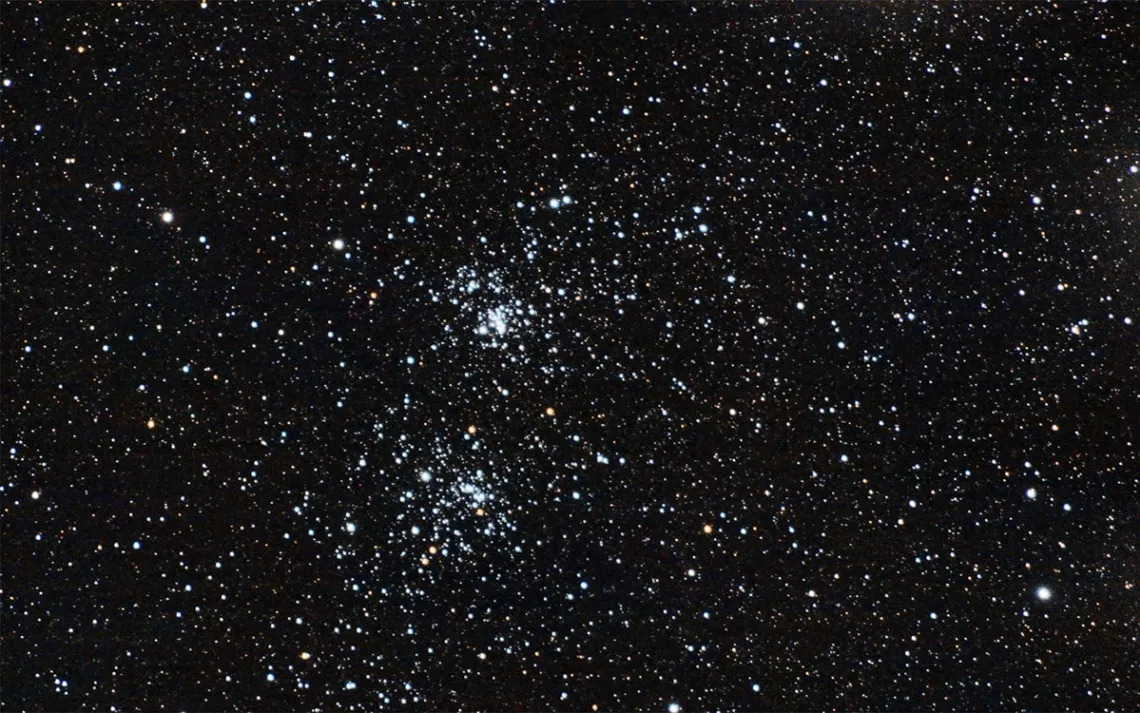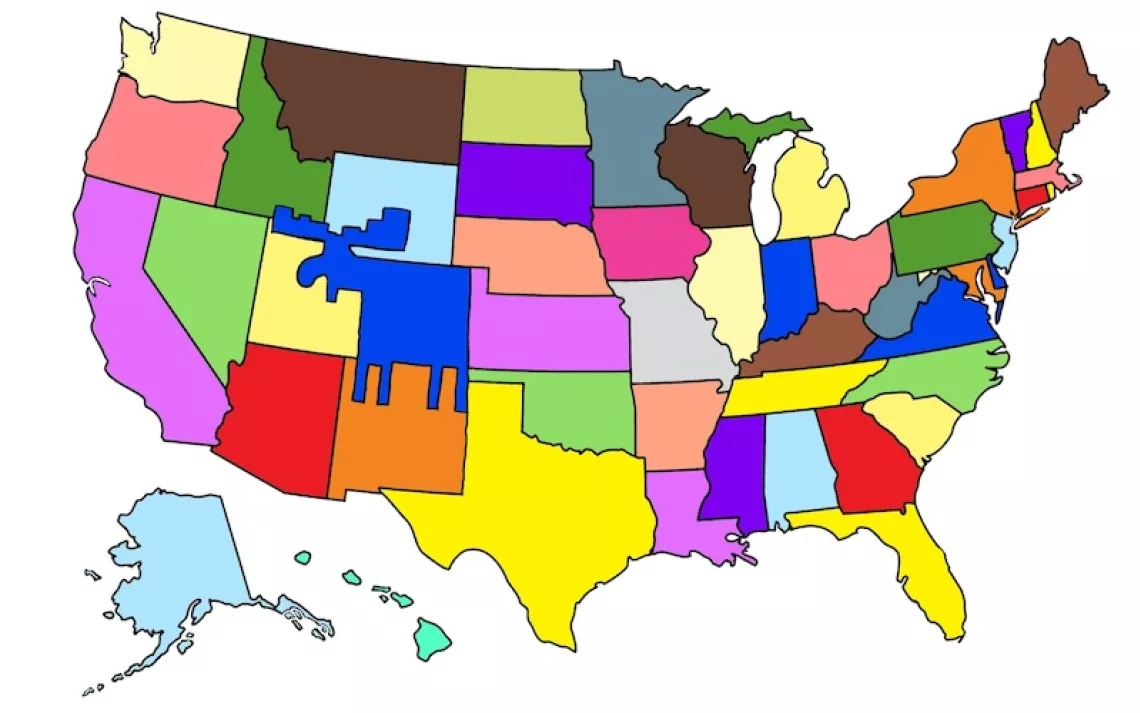September Observing Highlight: Milky Way Delights
Meteor showers, the Summer Triangle, and more

Photo by Procy_ab/iStock
While there may not be a well-known meteor shower this month, September sees more sporadic meteors than any other time of year, so if you take the time to do a little lawn-chair observing this month, chances are good you’ll see a stray shooting star.
In September, the Milky Way arches overhead from the southwest to the northeast. The southwestern sky has a thicker portion of the galaxy and therefore is home to many nebulae and clusters. But all along the Milky Way are wonders waiting to be found.
In the northeast, the W shape of Cassiopeia lies high in the sky. Below it is a chain of stars that makes up the constellation Perseus. At the upper end of Perseus, close to Cassiopeia, scan the sky to find the Double Cluster. This twin star cluster is unmistakable once you catch it, with dual thick smatterings of distant stellar worlds.
The Summer Triangle, a trio of three bright stars made from different constellations, can be found high in the southwest. With a telescope or binoculars, you may also stumble across the Ring Nebula, Dumbbell Nebula, the Coathanger Cluster, and many other double stars.
September’s full moon occurs on September 6 at 3:04 A.M. Eastern Time, which means moonrise on both September 5 and 6 will showcase a moon more than 99 percent full. Some have taken to calling every September full moon a Harvest Moon, but this year, that’s not technically accurate. The Harvest Moon is the full moon closest to the autumnal equinox. Because the full moon is in early September and the equinox doesn’t occur until September 22, October’s full moon on the 5th earns it the term Harvest Moon instead. The Full Corn Moon is the more appropriate name for September’s full moon in 2017.
The small, rocky planets are morning objects in September while the gas giants hang out in the evening sky. Jupiter sets soon after the sun, which leaves Saturn as the only naked-eye planet to observe in the evenings. On September 26, watch Saturn and a half-lit moon hang less than 3 degrees apart. Neptune reaches opposition on September 5 at magnitude 7.8 in the constellation Aquarius, visible all evening for those with telescopes.
 The Magazine of The Sierra Club
The Magazine of The Sierra Club



